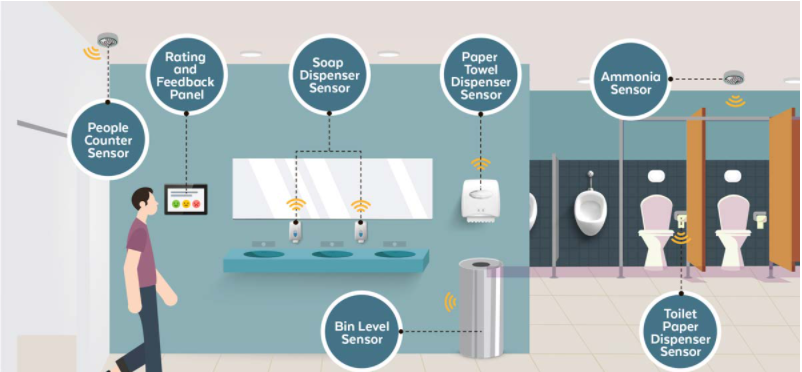Is ammonia harmful to people’s health?
First, ammonia is a colorless gas with a strong pungent odor, lighter than air. The gas often comes from concrete admixtures used in building construction and additives and brighteners used in interior decoration materials. Long-term exposure to ammonia, some people may appear skin pigmentation or finger ulcers and other symptoms; After being exhaled into the lungs, ammonia easily enters the blood through the alveoli, and binds with hemoglobin, destroying oxygen transport function. In the short term, after inhaling a large amount of ammonia, there may be tears, sore throat, hoarseness, cough, bloody sputum, chest tightness, dyspnea, accompanied by dizziness, headache, nausea, vomiting, fatigue, etc. In severe cases, pulmonary edema and adult respiratory distress syndrome may occur, while respiratory irritation symptoms may occur.
Second, the method to deal with this gas, first of all, when buying a house, pay attention to whether indoor irritating smell, especially “toilet smell”; Secondly, when buying decorative materials, pay attention to whether the material itself has an irritating smell; Finally, after decoration, it is best to ventilate for three to four weeks, so that ammonia can be released well.
Third, ammonia gas in toilets is not toxic in small amounts, but at certain concentrations it can cause ammonia poisoning. Ammonia is a kind of alkaline material, it has corrode to the skin organization that contacts with and stimulate effect, can absorb moisture in skin organization, make denaturation of tissue protein, make tissue adipose saponification, destroy cell membrane structure.

When the concentration is too high, in addition to corrosion, it can also cause cardiac arrest and respiratory arrest through the reverse action of trigeminal nerve endings. Ammonia is usually inhaled into the alveoli in the form of gas. After being inhaled into the lungs, ammonia easily enters the blood through the alveoli, combines with hemoglobin and destroys the oxygen transport function. Ammonia solubility is very high, so the main animal or human upper respiratory tract stimulation and corrosion, weakened human resistance to disease.
The role of ammonia sensor in smart public toilets
With the advent of the era of wisdom, traditional public toilets are gradually becoming intelligent. Ammonia and hydrogen sulphide are two gases that are responsible for toilet smells, and the concentration of these two gases directly determines how bad a toilet smells.
The application of ammonia sensor can detect ammonia concentration in public toilets in real time, inform cleaning personnel to clean them in time, and maintain the comfort of public toilets. Smart public toilets in scenic spots, parks, service areas, stations and other scenes are widely used.
Ammonia sensor can be widely used in smart public toilets, industrial buildings, traffic tunnels, and other environmental monitoring and safety monitoring

JXCT gas sensoThe NH3 gas sensor module, strong anti-interference ability, high sensitivity, high resolution, small size, easy to install, no secondary calibration, support secondary development. It is small in size, light in weight, easy to installcan be used in harsh environments such as high temperature and humidity, dust, rain and snow, and can be equipped with a JXCT cloud platform. You can configure a configuration interface based on site conditions to view data and alarms at any time